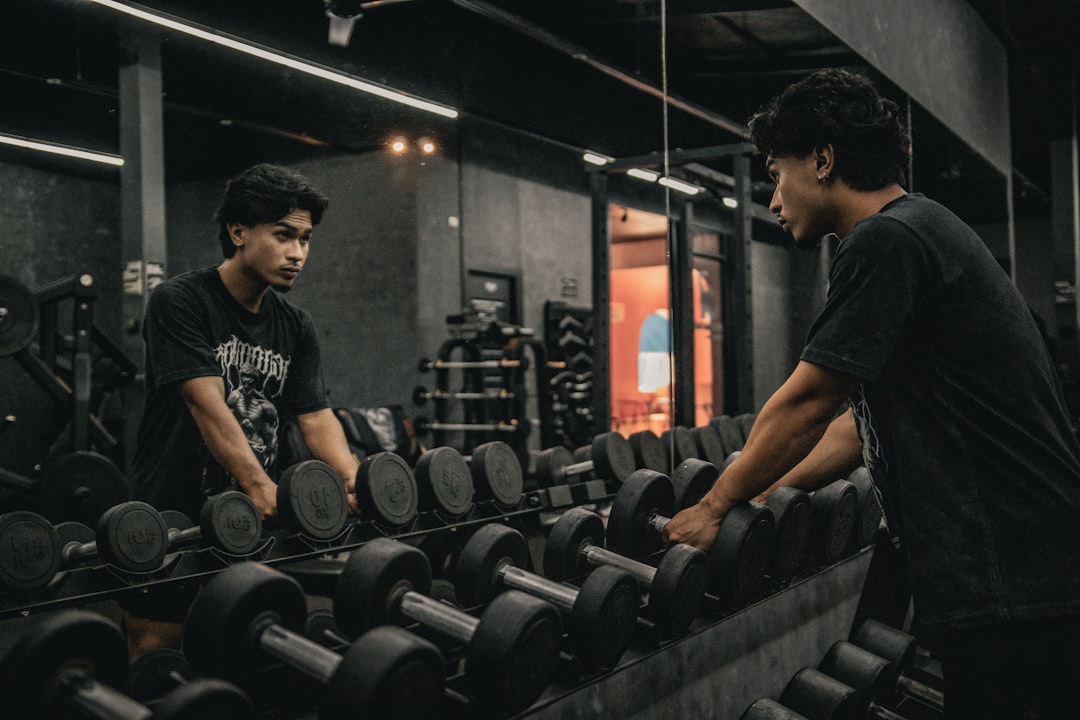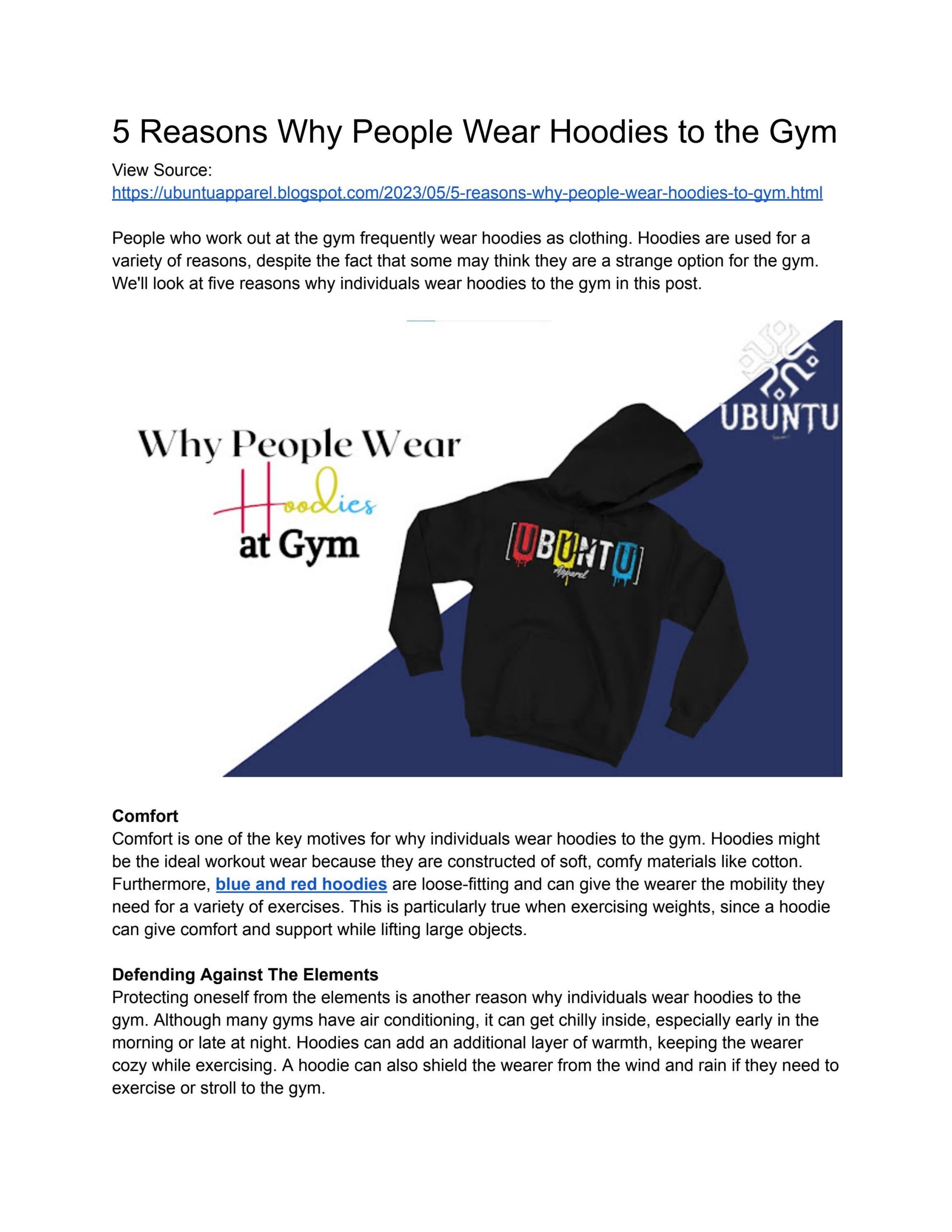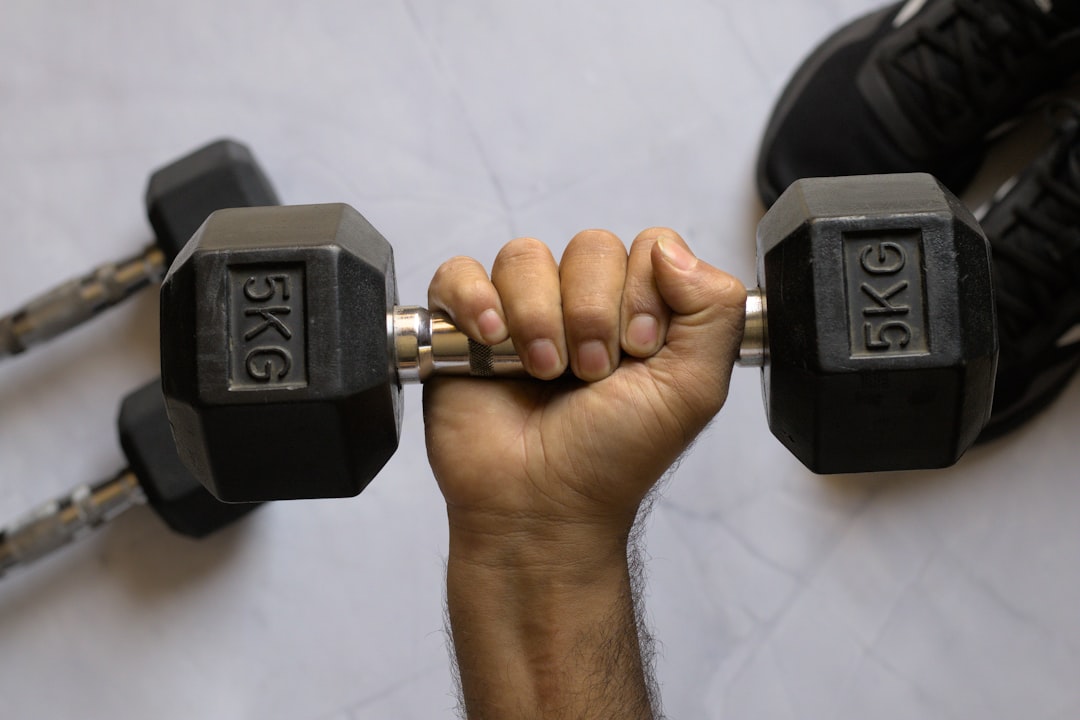Stepping into a gym for the first time can be both exciting and overwhelming. Rows of shiny machines, each with its own purpose, might leave you wondering where to start.
You’re not alone. Many people feel this way, eager to make the most of their workouts but unsure of how to use the equipment correctly. The good news? Mastering gym equipment doesn’t have to be a daunting task. With a little guidance, you can unlock the full potential of your workouts, prevent injuries, and see results faster than you imagined.
Ready to turn confusion into confidence? Let’s dive into the essential tips and tricks that will transform your gym experience.
Choosing The Right Equipment
Choosing the right gym equipment is crucial for effective workouts. Not all equipment suits everyone. Identifying your fitness goals helps narrow down choices. Understanding equipment types ensures you pick what’s best for you. This guide helps make informed decisions. Begin your journey with confidence and clarity.
Identifying Fitness Goals
Before picking equipment, define your fitness goals. Want to build muscle? Maybe you aim to lose weight or enhance endurance. Your goals determine what equipment you need. Strength training requires weights and resistance machines. Cardio enthusiasts benefit from treadmills or bikes. Clear goals guide your choices effectively.
Understanding Equipment Types
Gym equipment varies widely. Each type serves different purposes. Familiarize yourself with basic categories. Free weights include dumbbells and barbells. They offer versatility and full-body workouts. Machines provide guided movements. They are great for beginners. Cardio equipment like treadmills and ellipticals boost heart health. Choose equipment based on your fitness level and goals.
Safety Tips For Beginners
Starting a gym routine can be exciting yet daunting. Understanding how to use gym equipment safely is crucial for beginners. Safety tips help prevent injuries and build confidence. Focus on proper form and technique to use equipment correctly. Preventing injuries ensures a smooth fitness journey.
Proper Form And Technique
Using gym equipment requires attention to form. Incorrect posture can lead to strains or discomfort. Beginners should start with light weights and gradually increase. This helps maintain control and supports learning the correct technique. Watching tutorials or seeking guidance from trainers can be beneficial.
Focus on slow, controlled movements. This minimizes risk and enhances muscle engagement. Breathing correctly is also vital. Exhale during exertion and inhale during relaxation. Proper breathing aids performance and keeps the heart rate stable. Consistent practice improves form over time.
Preventing Injuries
Injuries can disrupt progress and cause long-term setbacks. Warm-ups prepare the body for exercise and reduce injury risks. Stretching increases flexibility and primes muscles for activity. Wearing suitable footwear provides support and prevents slips or falls.
Listening to your body is key. Pain is a signal to stop and evaluate your approach. Resting and recovering are essential parts of a fitness routine. Overworking muscles can lead to exhaustion or damage. Hydration keeps muscles functioning well and prevents cramps.
Having a workout plan helps manage intensity and duration. It ensures balanced workouts and avoids overloading specific muscles. Following a structured routine promotes safe and effective exercise habits.
Cardiovascular Machines
Cardiovascular machines are essential for a good workout. They help improve heart health and burn calories. Knowing how to use them properly is important for safety and effectiveness. This section will guide you on using two popular cardio machines: treadmills and stationary bikes.
Using Treadmills
Treadmills are common in gyms. They offer a controlled environment for walking or running. Start by stepping onto the machine carefully. Press the start button to begin. Adjust the speed to a comfortable pace. Always hold the handrails for balance.
Change the incline to simulate hills. This adds variety to your workout. Keep your posture straight and look forward. Avoid looking at your feet. This keeps your neck and spine aligned. Listen to your body. Stop if you feel dizzy or tired.
Effective Stationary Bikes
Stationary bikes provide an excellent low-impact cardio option. Adjust the seat height before starting. Your leg should be slightly bent at the bottom of the pedal stroke. Begin pedaling at a slow pace to warm up.
Gradually increase the resistance. This makes your muscles work harder. Keep your back straight and shoulders relaxed. Use your core to maintain balance. Aim for a steady pace. Monitor your heart rate if possible. Stay hydrated by drinking water during breaks.
Strength Training Equipment
Stepping into a gym filled with strength training equipment can feel overwhelming. There’s a variety of machines and weights designed to build muscle and increase strength. By understanding how to use these tools effectively, you can maximize your workouts and achieve your fitness goals.
Free Weights Basics
Free weights are versatile and essential for any strength training routine. These include dumbbells, barbells, and kettlebells. They offer a range of motion that helps in building strength and balance.
Start with dumbbells, as they’re perfect for beginners. They allow you to work on each side of the body independently, promoting muscle balance. For instance, using dumbbells for bicep curls can enhance your arm strength while improving your coordination.
Barbells are great for compound exercises like squats and deadlifts. They engage multiple muscle groups at once, providing a comprehensive workout. Remember to maintain proper posture and form to prevent injuries.
Kettlebells add a dynamic element to your routine. They’re excellent for explosive movements like swings and snatches, which can boost your power and endurance. Don’t rush—focus on technique first.
Weight Machines Guide
Weight machines are user-friendly, especially for beginners. They offer guided movements, reducing the risk of incorrect form. Many machines have diagrams showing the target muscles, making it easy to plan your workout.
Start with the leg press machine if you’re focusing on lower body strength. It targets your quads, hamstrings, and glutes effectively. Adjust the seat and weight stack according to your comfort and ability.
The lat pulldown machine is excellent for building back strength. It mimics the pull-up motion, making it accessible to those who struggle with pull-ups. Ensure your grip is firm, and pull the bar down to your chest while keeping your back straight.
Chest press machines provide a safe way to build chest and tricep muscles. They help in developing upper body strength and are ideal for those new to bench presses. Adjust the seat height so that the handles align with your chest for the best results.
As you navigate the world of gym equipment, remember to start slow and prioritize form. How do you incorporate these machines into your routine? Share your thoughts and experiences in the comments!
Flexibility And Recovery Tools
Flexibility and recovery are crucial components of any fitness journey. They ensure your body stays agile and ready for the next challenge. Whether you’re a seasoned athlete or a gym newbie, incorporating flexibility and recovery tools into your routine can significantly enhance your performance and reduce injury risk. Let’s dive into some essential tools that can help you achieve this.
Using Foam Rollers
Foam rollers are a fantastic addition to your gym toolkit. They help in releasing muscle tension and improving blood circulation. Picture this: after a grueling workout, your muscles might feel tight and sore. A foam roller can be your best friend here.
Rolling over specific areas helps break down knots and increases flexibility. It’s like giving yourself a mini massage. Focus on areas that feel tight, and roll slowly over them. You might feel slight discomfort initially, but that’s just your muscles waking up.
Many people find foam rolling a game-changer for their post-workout recovery. If you’re skeptical, give it a try and notice how it makes a difference in your next workout session. Have you found foam rolling beneficial in your routine?
Stretching Equipment
Stretching is another cornerstone of maintaining flexibility. Using stretching equipment can amplify your efforts. Items like resistance bands or yoga straps offer deeper stretches and increased range of motion.
Resistance bands are versatile and easy to use. They can assist in stretching muscles that are difficult to target, like your hamstrings and shoulders. Imagine stretching without feeling the strain; that’s the magic of these tools.
Yoga straps, on the other hand, are great for achieving those hard-to-reach stretches. They provide the support needed to hold a stretch longer, allowing your muscles to relax fully. Have you considered how stretching equipment might enhance your flexibility routine?
Both these tools are portable and can fit into any gym bag. They offer a simple yet effective way to boost your flexibility. Next time you’re at the gym, try incorporating one of these tools and see how they transform your stretching routine. Are there other tools you’ve found helpful for flexibility and recovery?
Building A Routine
Creating a gym routine is crucial for anyone looking to maximize their workout efficiency and achieve specific fitness goals. But where do you start? Building a routine isn’t just about choosing exercises; it’s about creating a balanced schedule that fits your lifestyle and goals. Whether you’re aiming for weight loss, muscle gain, or overall fitness, establishing a solid routine will set you on the path to success.
Setting A Schedule
Establishing a workout schedule is the first step in building a routine. Decide how many days a week you can realistically commit to the gym. It’s better to start with a manageable schedule than to overcommit and burn out. Consider your daily obligations and carve out time slots that will work consistently.
Choose a mix of cardio and strength training days. For example, you might opt for cardio on Mondays, Wednesdays, and Fridays, and strength training on Tuesdays and Thursdays. This balance ensures that your body gets the variety it needs to improve endurance and muscle strength.
Consistency is key. Try to stick to the same time each day so it becomes a habit. If mornings are better, set an alarm and pack your gym bag the night before. If evenings work, plan your dinner around your workout schedule.
Tracking Progress
How do you know if your routine is working? Tracking your progress is essential for keeping yourself motivated and on the right path. Start by setting clear, measurable goals. Do you want to lift heavier weights, run longer distances, or lose a certain amount of weight?
Use a notebook or a fitness app to record your workouts. Note the exercises, sets, reps, and weights used. This will help you see where you’re improving and where you might need to adjust your routine.
Regularly assess your progress. Every few weeks, compare your notes. Are you meeting your goals? If not, think about what’s holding you back. Perhaps you need to tweak your routine or increase your intensity. Remember, small adjustments can lead to big changes.
Celebrate your achievements. Have you reached a new personal best in bench press? Completed a 5K run? Recognize these milestones and reward yourself. It might be a new pair of running shoes or a day of rest. These rewards can keep you motivated and excited about your journey.
Building a routine is about creating a sustainable workout plan that fits your life. How will you tailor your schedule and track your progress to reach your fitness dreams?
Common Mistakes To Avoid
Using gym equipment correctly is essential for effective workouts. Many people make common mistakes that can hinder their progress. Understanding these pitfalls helps improve your exercise routine and safety. Let’s explore some frequent errors and how to avoid them.
Overtraining Risks
Overtraining can lead to injuries and fatigue. It happens when you exercise too much without enough rest. Balance your workout schedule to prevent these issues. Listen to your body. It needs time to recover after intense sessions. Rest days are crucial for muscle recovery and growth. Avoid pushing yourself beyond your limits.
Neglecting Warm-ups
Warm-ups are vital for preparing your muscles. Skipping this step increases the risk of injury. A proper warm-up boosts blood flow and flexibility. Spend at least 5 to 10 minutes warming up before workouts. Simple activities like jogging or stretching work well. Make it a habit to start every session with a warm-up.
Frequently Asked Questions
What Is The 3/2/1 Rule In Gym?
The 3/2/1 rule in the gym refers to a workout structure: 3 sets of an exercise, 2 minutes of rest between sets, and 1 minute of intense effort during each set. This method aims to maximize muscle growth and endurance while maintaining proper form and intensity.
What Is The 2 2 2 Rule In The Gym?
The 2 2 2 rule advises increasing weight after completing 2 extra reps for 2 consecutive sessions. This helps in progressive overload, promoting muscle growth and strength. Use this rule to safely and effectively advance in your workout routine.
What Gym Equipment Should A Beginner Use?
Beginners should use treadmills, stationary bikes, and rowing machines for cardio. Start strength training with dumbbells, resistance bands, and kettlebells. Use machines like leg press and chest press for guided movements. Focus on proper form and gradually increase intensity. Always consult a trainer for personalized guidance.
Which Gym Machine Burns Belly Fat?
Treadmills and elliptical machines effectively help burn belly fat through cardiovascular exercise. Consistent usage increases calorie burn, boosting weight loss. Pair workouts with a balanced diet for optimal results. Abdominal machines tone muscles but don’t directly burn fat. Prioritize full-body workouts to achieve a toned belly.
Conclusion
Mastering gym equipment takes time and practice. Start with simple machines. Focus on form and safety first. Gradually add more exercises to your routine. Listen to your body’s signals. Avoid pushing too hard too soon. Ask for help if unsure about using a machine.
Trainers can offer guidance and support. Consistency is key to progress. Celebrate small victories along the way. Stay motivated and patient with yourself. Regular gym sessions boost health and confidence. Remember, fitness is a journey, not a destination. Enjoy the process and stay committed.
Keep learning and improving each day.




